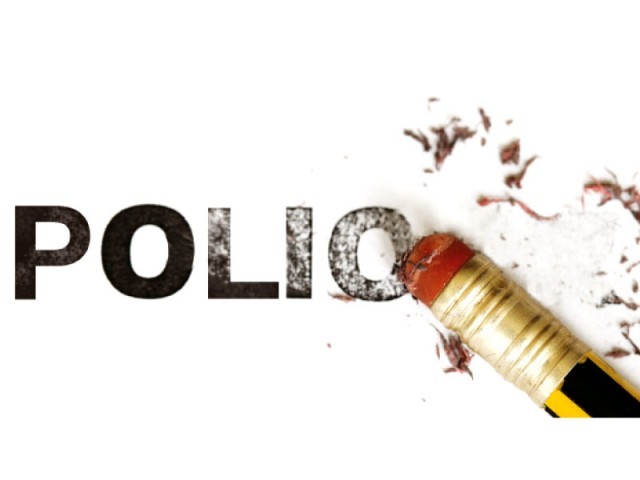GREAT BAY, Sint Maarten (DCOMM) – This week (August 23) marked 25-years since the last case of wild poliovirus in the Region of the Americas, Collective Prevention Services (CPS), a department of the Ministry of Public Health, Social Development and Labour (Ministry VSA) pointed out.
The CPS is elated with the Polio achievement within the Americas region, and also reminds persons to double check their vaccination records to ensure that their vaccination/immunization is up to date for the population from birth to 17 years of age. For further information they can contact CPS.
For the population older than 18 and above, they should contact their physician for information on their vaccination coverage.
The world is now closer than ever to achieving a polio-free world, and all countries in the Pan American Health Organization (PAHO) region, have been working hard towards maintaining the Americas region polio free and achieving the objectives outlined in the Polio Eradication and Endgame Strategic Plan.
Polio cases have decreased by over 99% since 1988, from an estimated 350 000 cases in more than 125 endemic countries then, to 74 reported cases in two endemic countries in 2015.
PAHO reports that today, only two countries in the world remain endemic for the disease–the smallest geographic area in history. Of the three strains of wild poliovirus (type 1, type 2, and type 3), wild poliovirus type 2 was eradicated in 1999 and case numbers of wild poliovirus type 3 are down to the lowest-ever levels.
Poliomyelitis (polio) is a highly infectious viral disease, which mainly affects young children. The virus is transmitted by person-to-person spread mainly through the faecal-oral route or, less frequently, by a common vehicle (e.g. contaminated water or food) and multiplies in the intestine, from where it can invade the nervous system and can cause paralysis.
Initial symptoms of polio include fever, fatigue, headache, vomiting, stiffness in the neck, and pain in the limbs. In a small proportion of cases, the disease causes paralysis, which is often permanent. There is no cure for polio, it can only be prevented by immunization.
2015 and 2016 have been a period of accomplishments with the introduction of the inactivated poliovirus vaccine (IPV) and the global “switch” from the trivalent oral polio vaccine (tOPV) to the bivalent oral polio vaccine (bOPV), according to PAHO.
Looking forward we need to keep working towards achieving and maintaining >95% polio coverage in every country, strengthening acute flaccid paralysis (AFP) surveillance systems, and complying with the endgame requirements, including the containment of all WPV, VDPV, and Sabin 2 polioviruses, PAHO added.
































